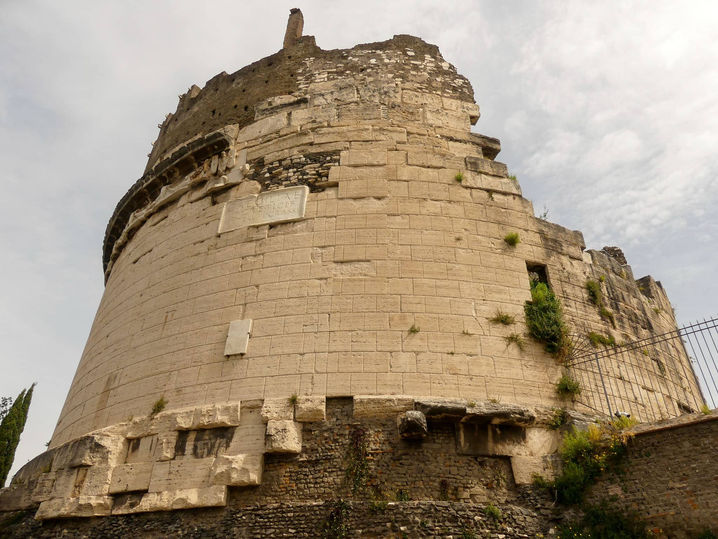
Impressions of Rome, Italy
The epithet 'eternal' is not used in vain when it's about Rome. With a history of more than 2,500 years in virtually continuous cultural and societal leadership, Rome has no equal in Europe, and maybe not in the entire world either. Ancient Rome may have borrowed a lot of its civilisation from Greece and oriental lands conquered by its Legions, but in every corner in the city the marks are visible and tangible of the grand innovative architecture Roman engineers left behind for hundreds of generations to come; so much, that nobody has even bothered to signpost Rome's countless 'minor' excavated areas, triumphal arches, columns and ancient foundations integrated in later structures, all unceremoniously tucked away in a forgotten corner or a side-street; so many that documenting them all looks like a lifetime work. And the remarkable thing about Rome is that also after imperial Rome had vanished from the political world scene, and with it, its invaluable treasure of knowledge and organisation skill, forgotten by the successors for a millennium, the city still remained at the heart of things: Christianity threw its anchor in Rome, still in Roman times of course, but so did much later the great currents of art and culture of Renaissance and Baroque. Politically, papal Rome continued to play a dominant role on the 'old continent' and in conquered overseas lands, even right into modern times. Visiting Rome is therefore a genuine voyage through time. But it is also a voyage into the vibrant elegance of today's daily life, of people who have all reason to say that 'there is no place like hRome': the ritual of a quick morning espresso with a 'cornetto', standing up in a small aroma-impregnated coffee bar, the leasurely strolls along the piazzette, invariably adorned with a monumental fountain or an obelisk, Egyptian of making or not, the church bells inviting people to mass, the vespas and cinquecento or other Fiat cars rushing unimpressed past the Colosseum. The stylish present flowing seamlessly into the grand past, and the other way around: Rome.
Before visiting the place of your choice:
The forum of Trajanus is also part of the ‘Fori Imperiali’ and was built by Trajanus in 106 AD with the war spoils from the conquest of Dacia, currently the Romanian Danube region. It is flanked by the forums of Augustus and Caesar. The main feature is the Trajanus Column, depicting the emperor's campaigns in the Dacian Wars between 101 and 106 AD in one single continuous spirally winding frieze. Surrounding it are the remains of a portico-lined square and exedrae on two sides. The Basilica Ulpia, a double level anastylosis, is what remaoni of an administrative and court building under the rule of Trajanus.

© 2020.Created by Marc Van den Reeck with Wix.com























